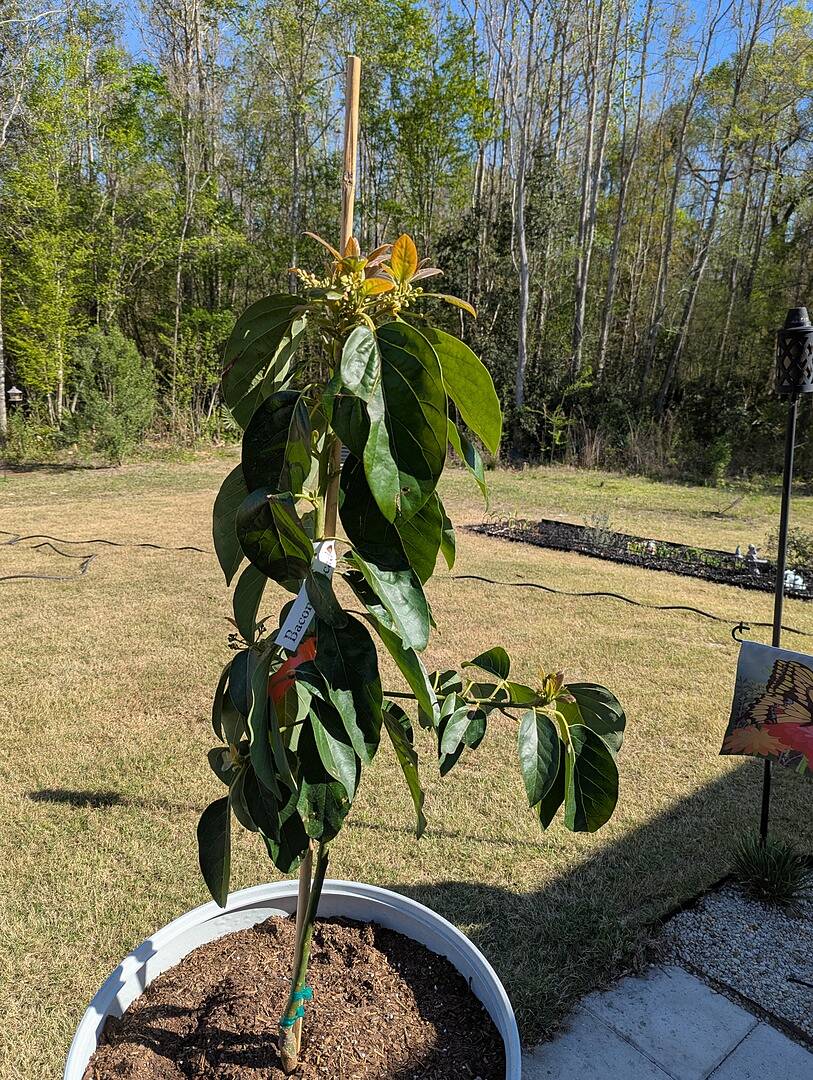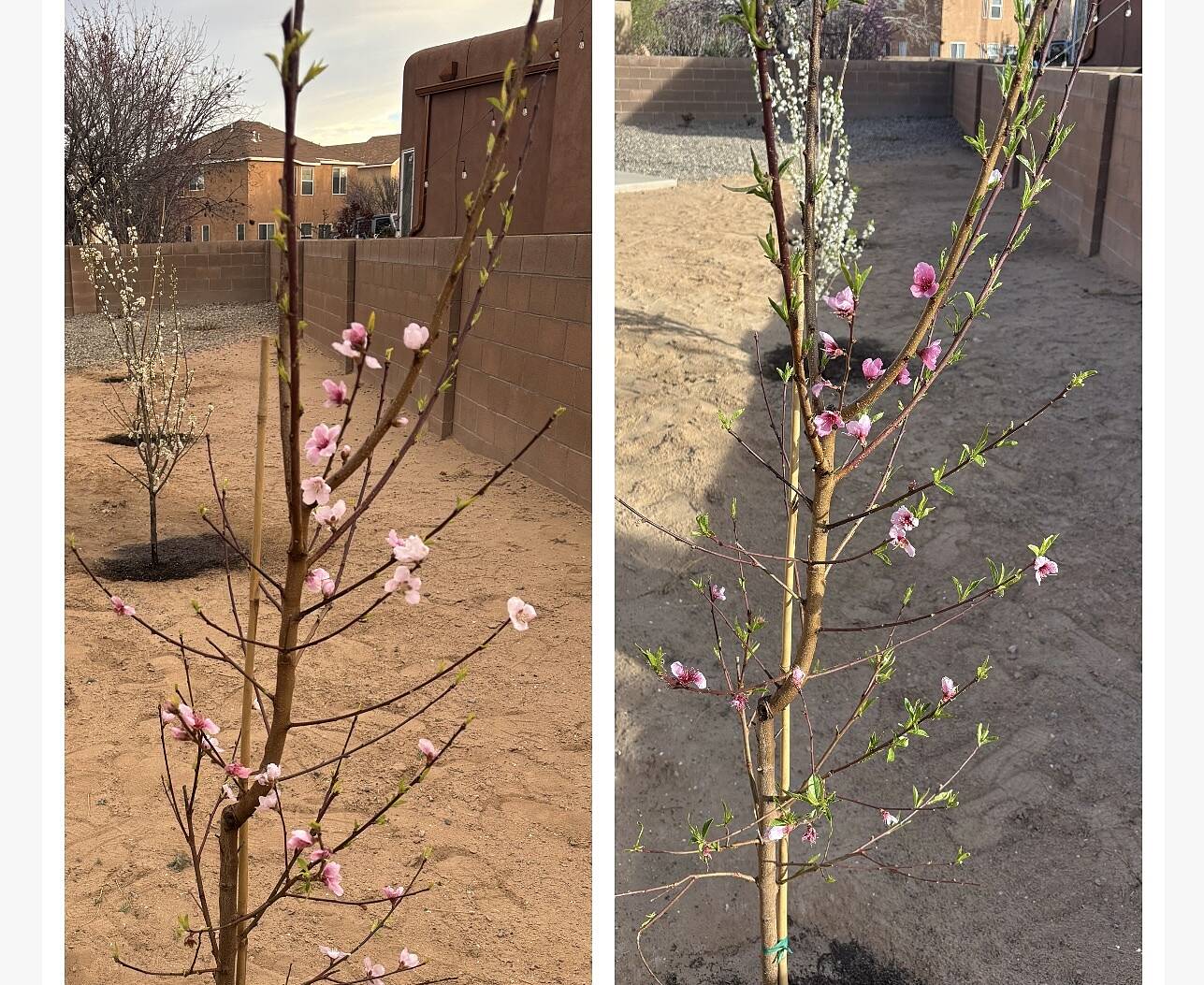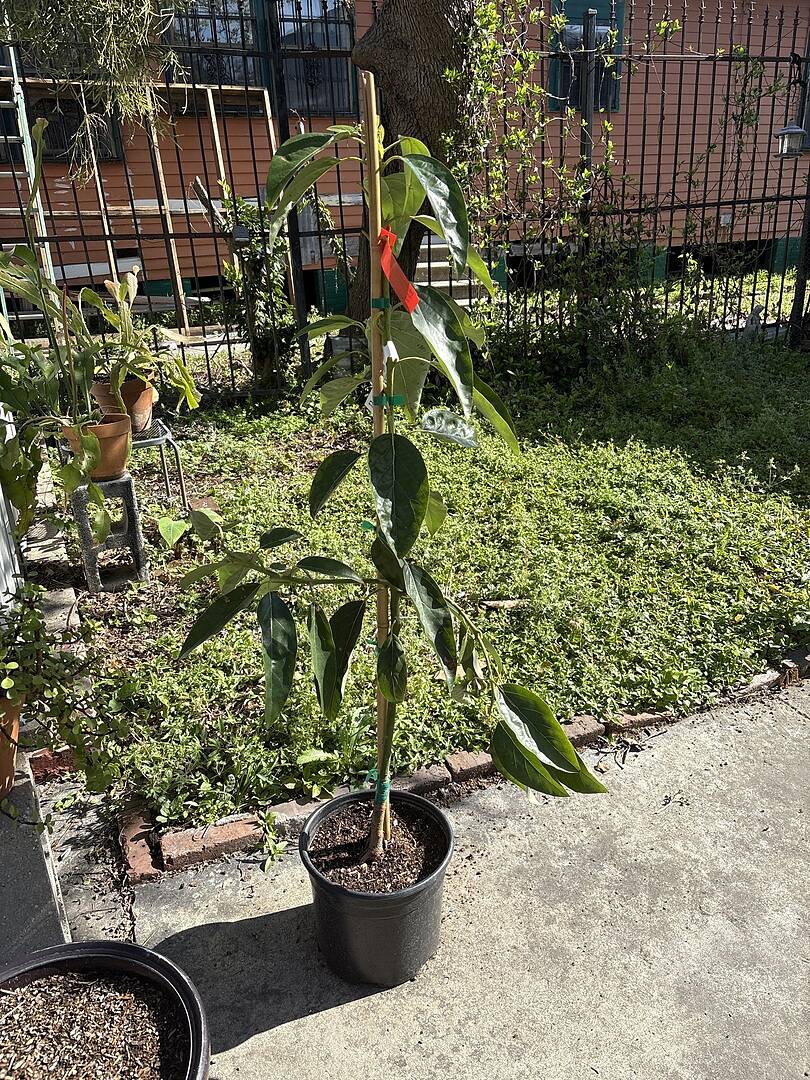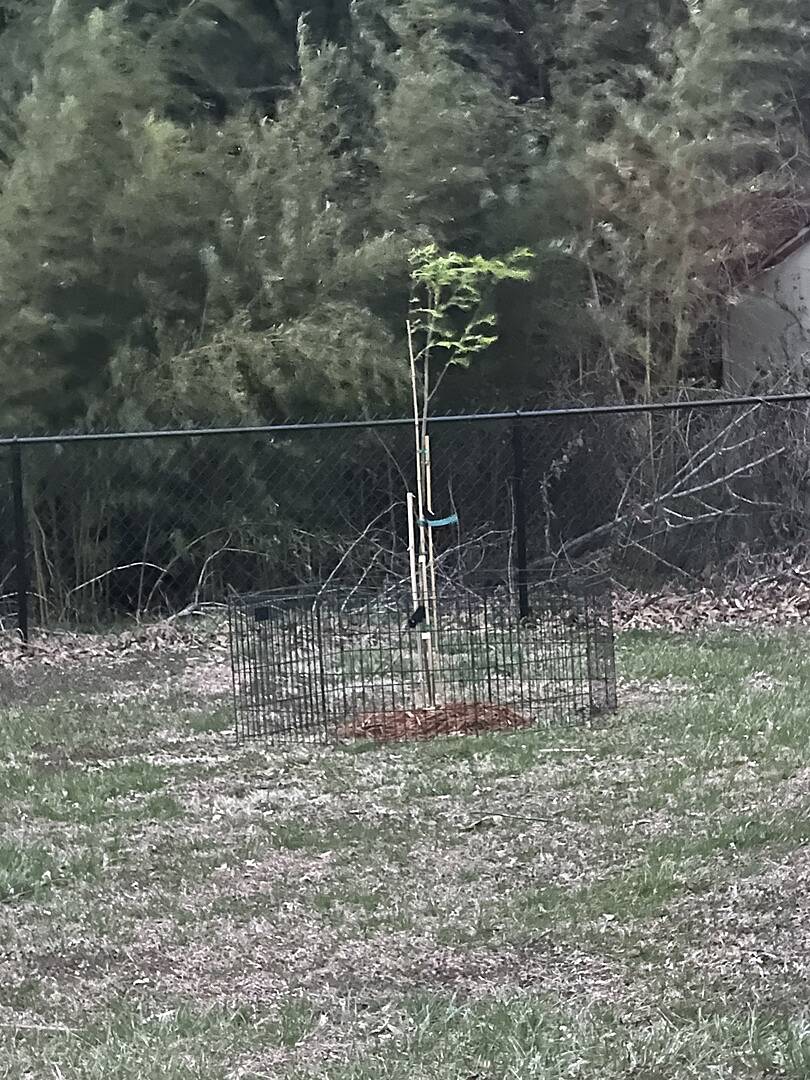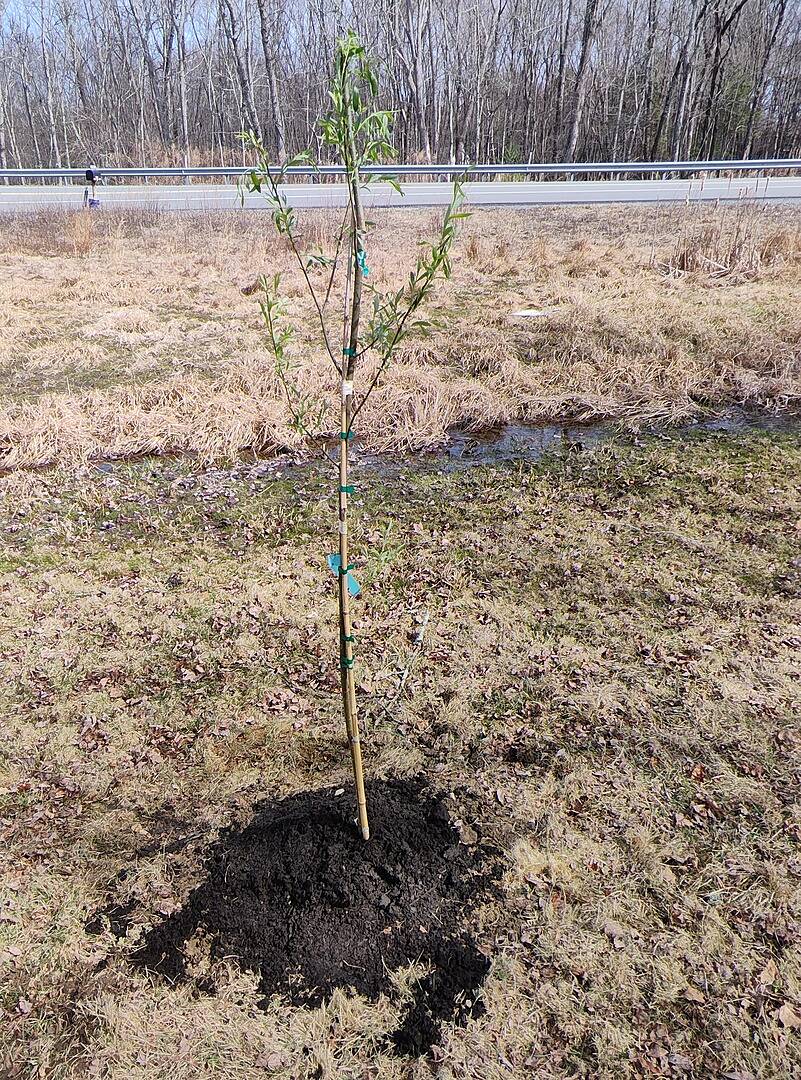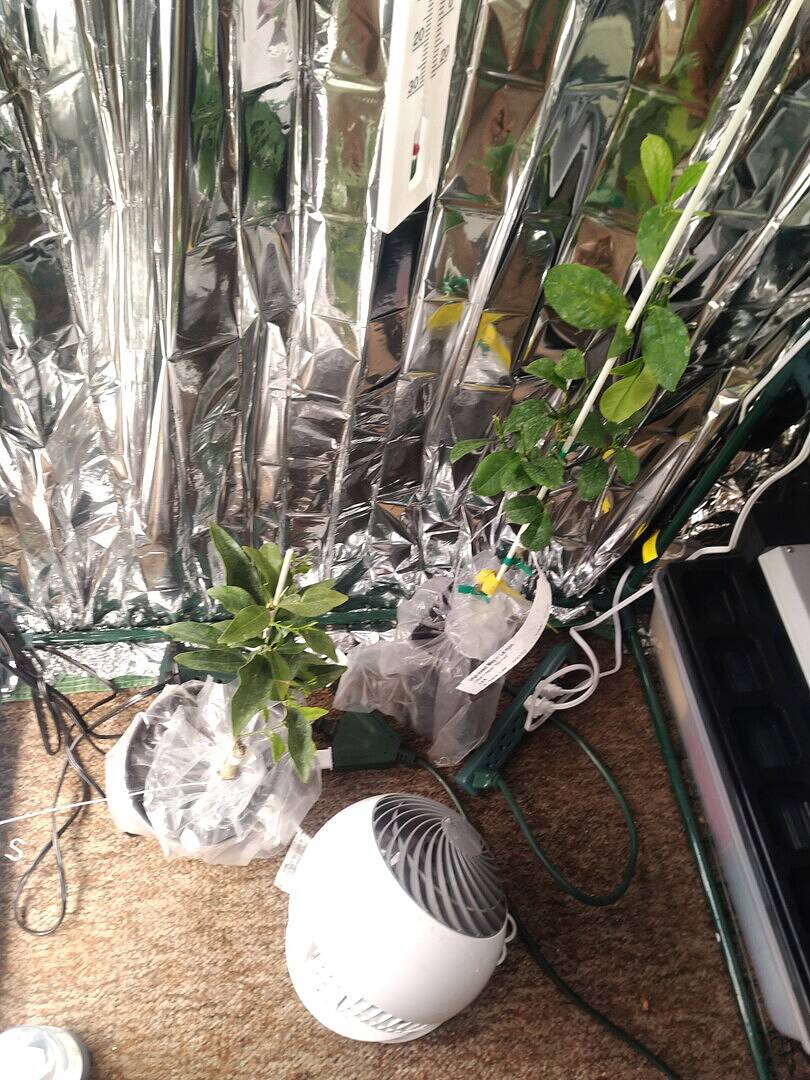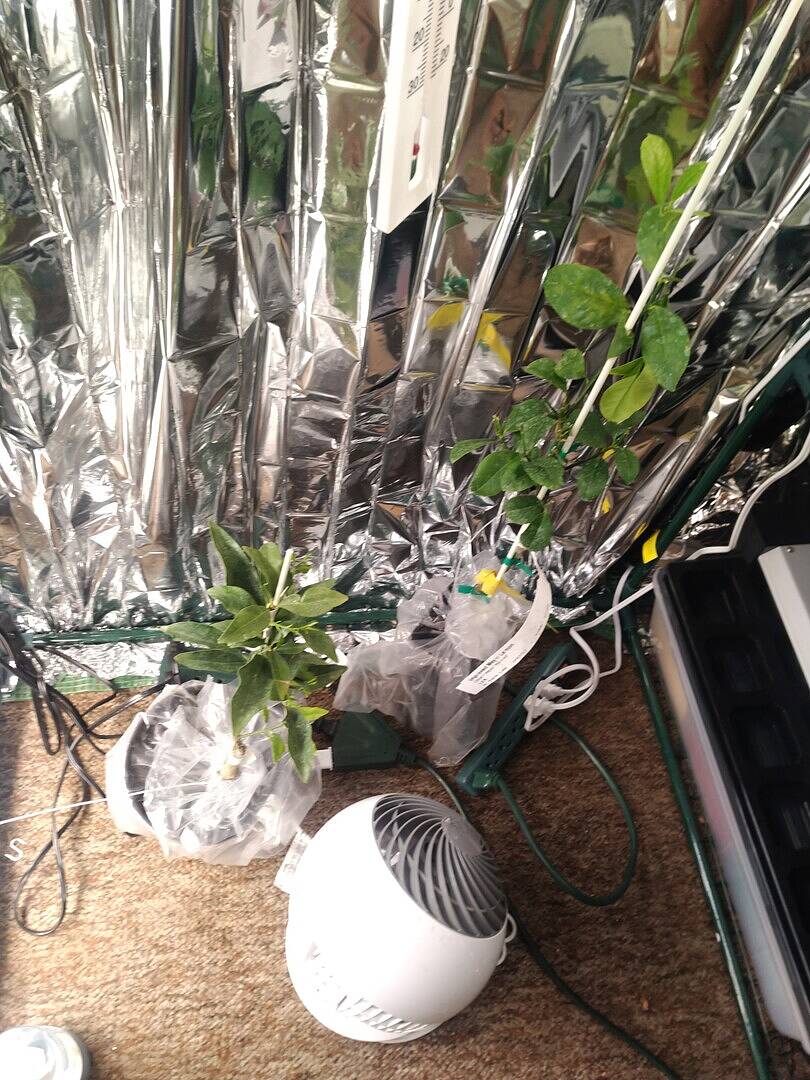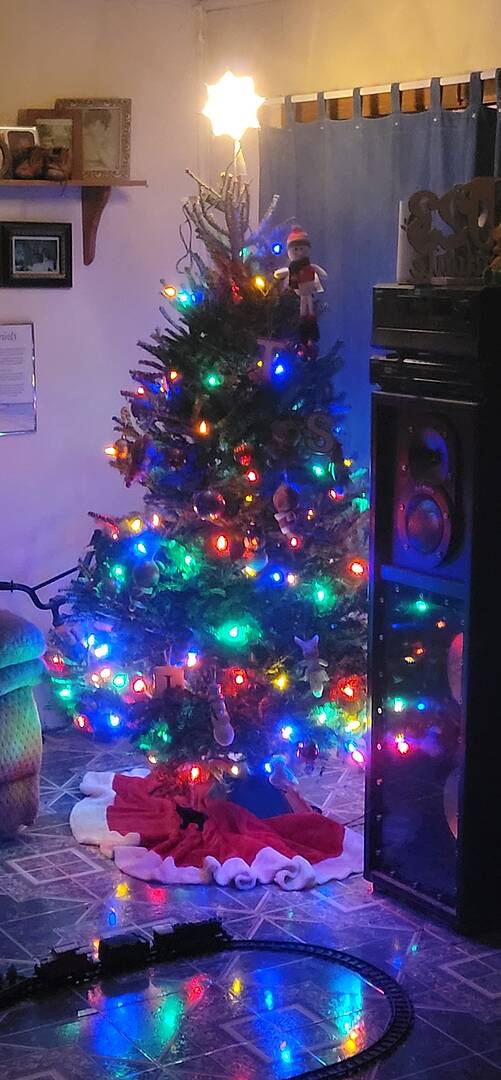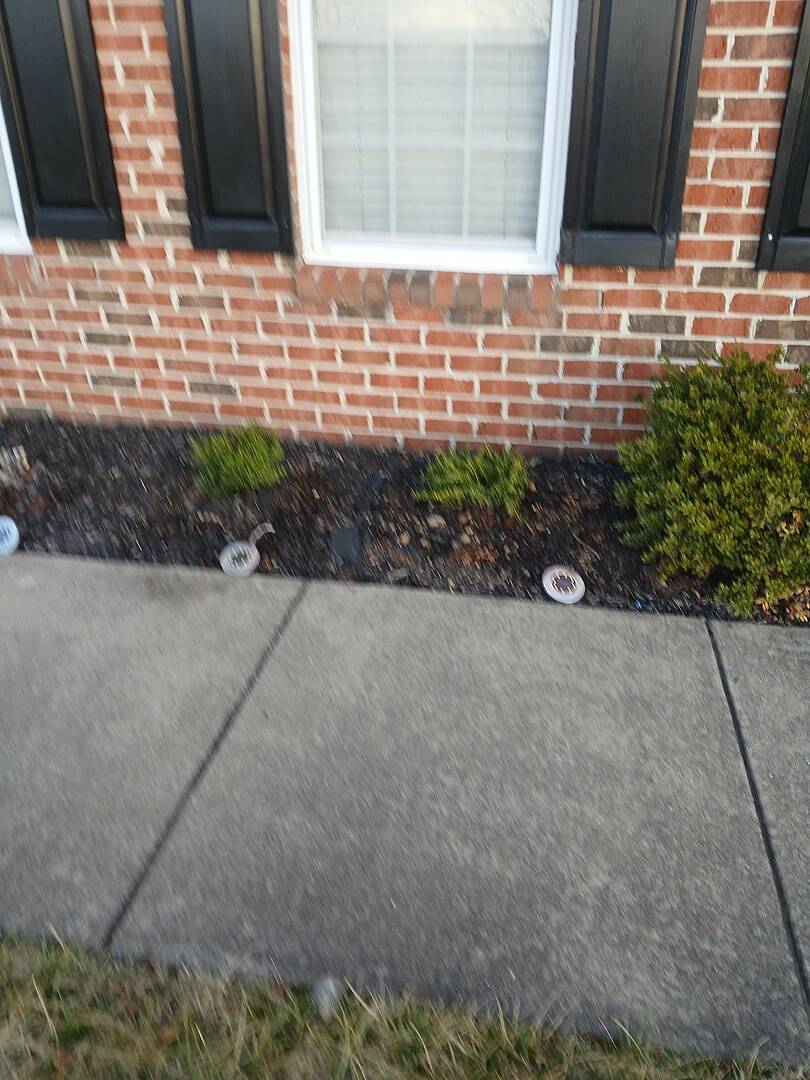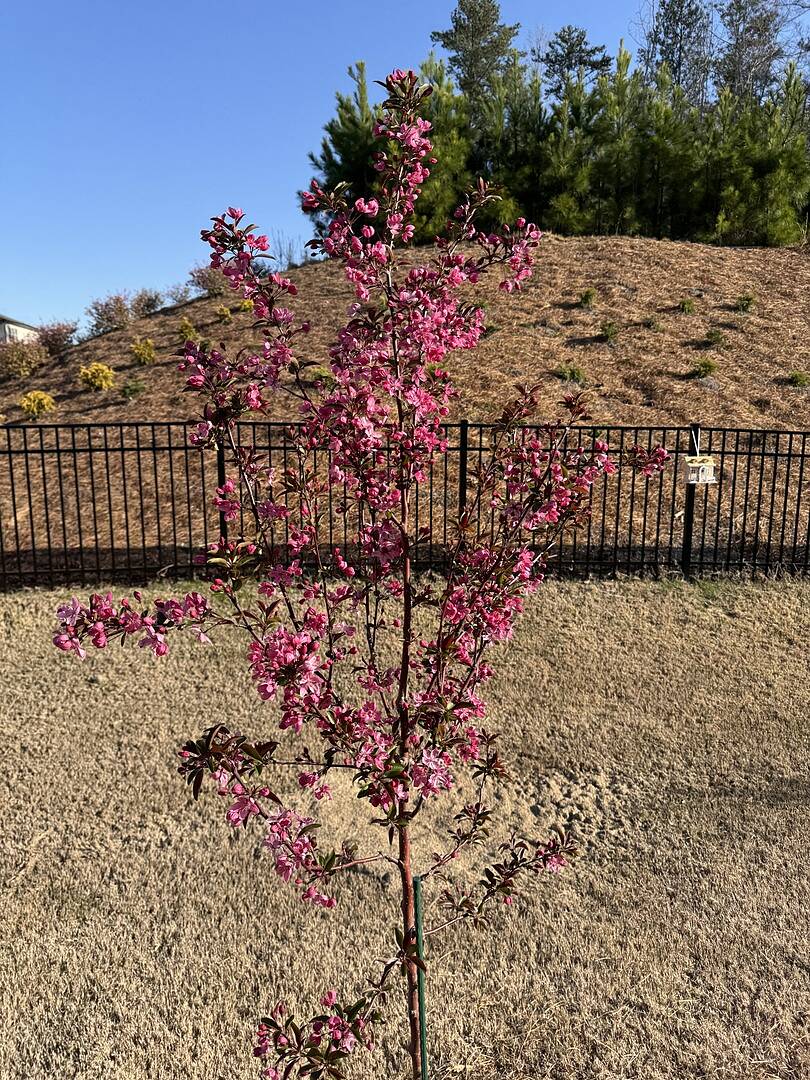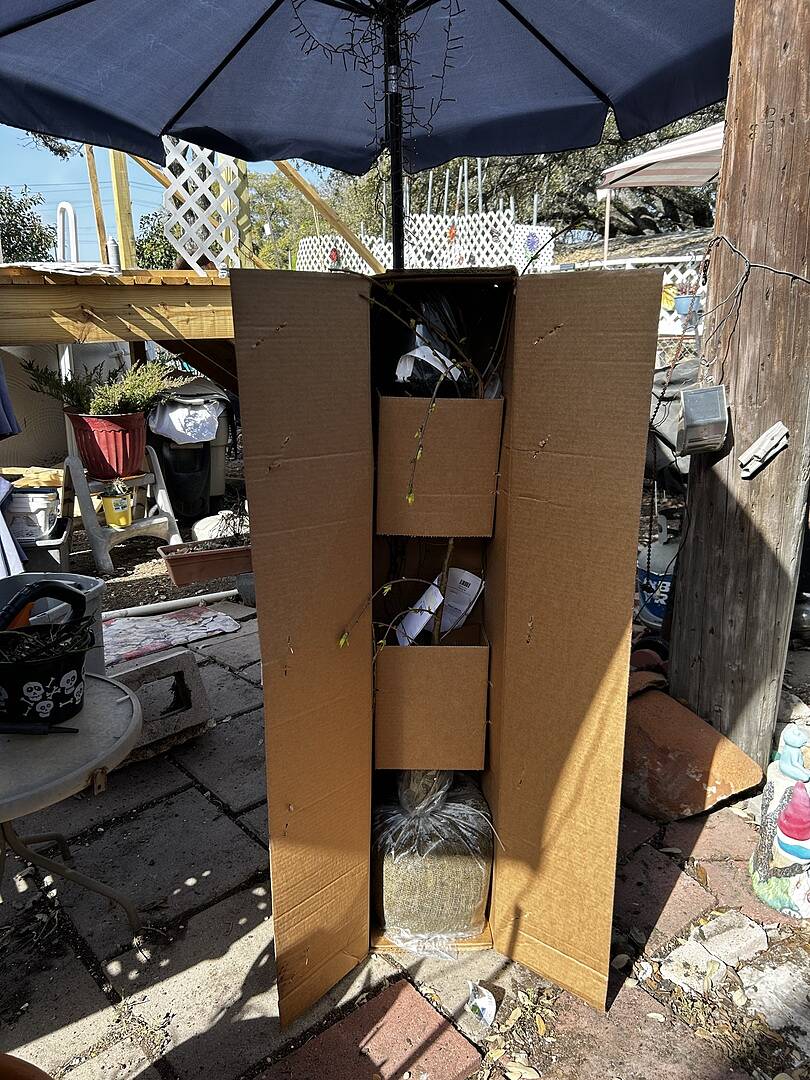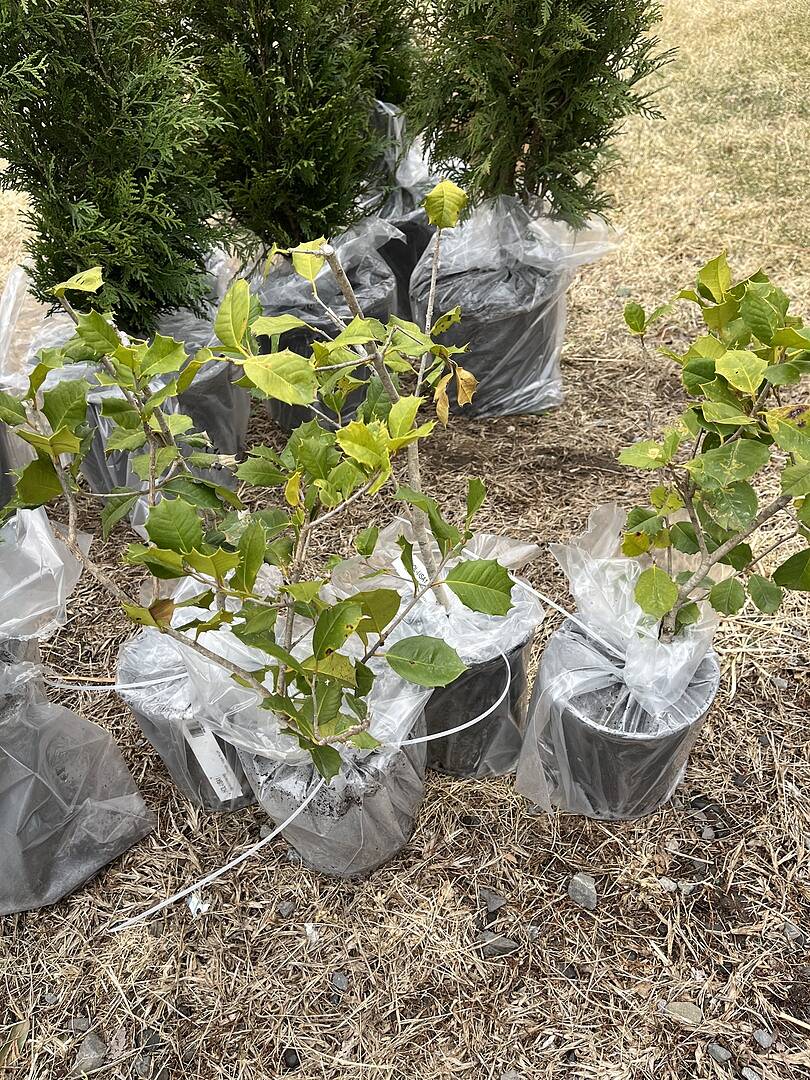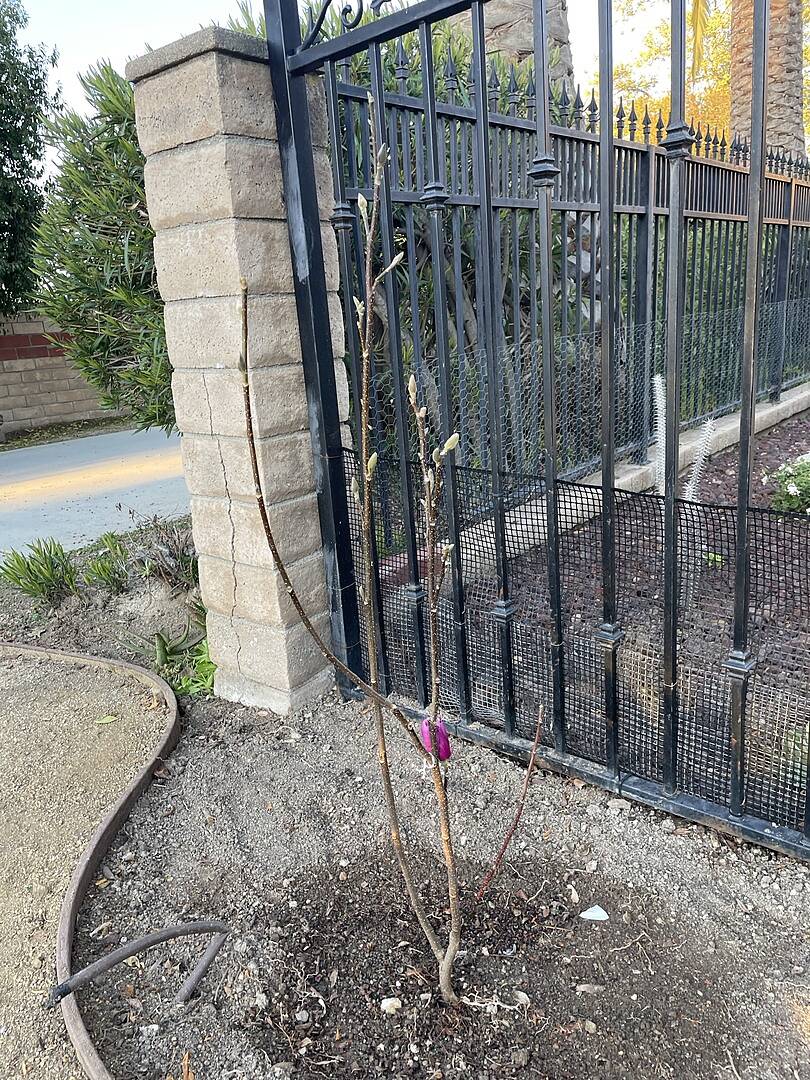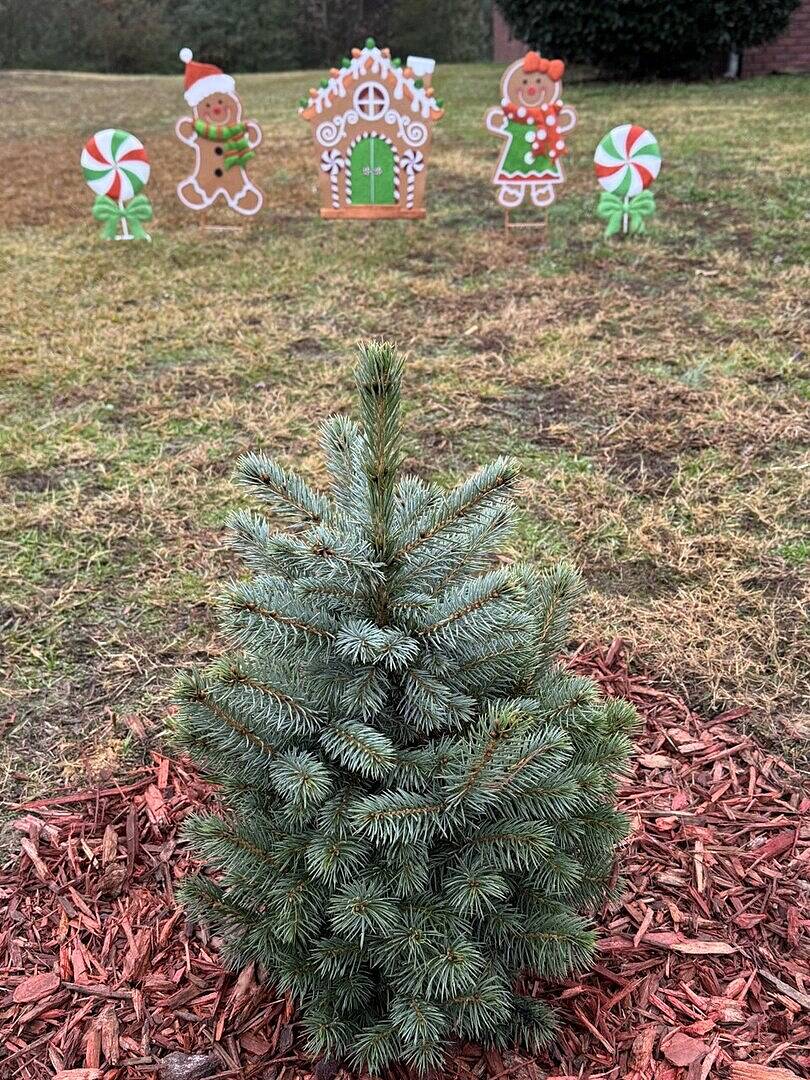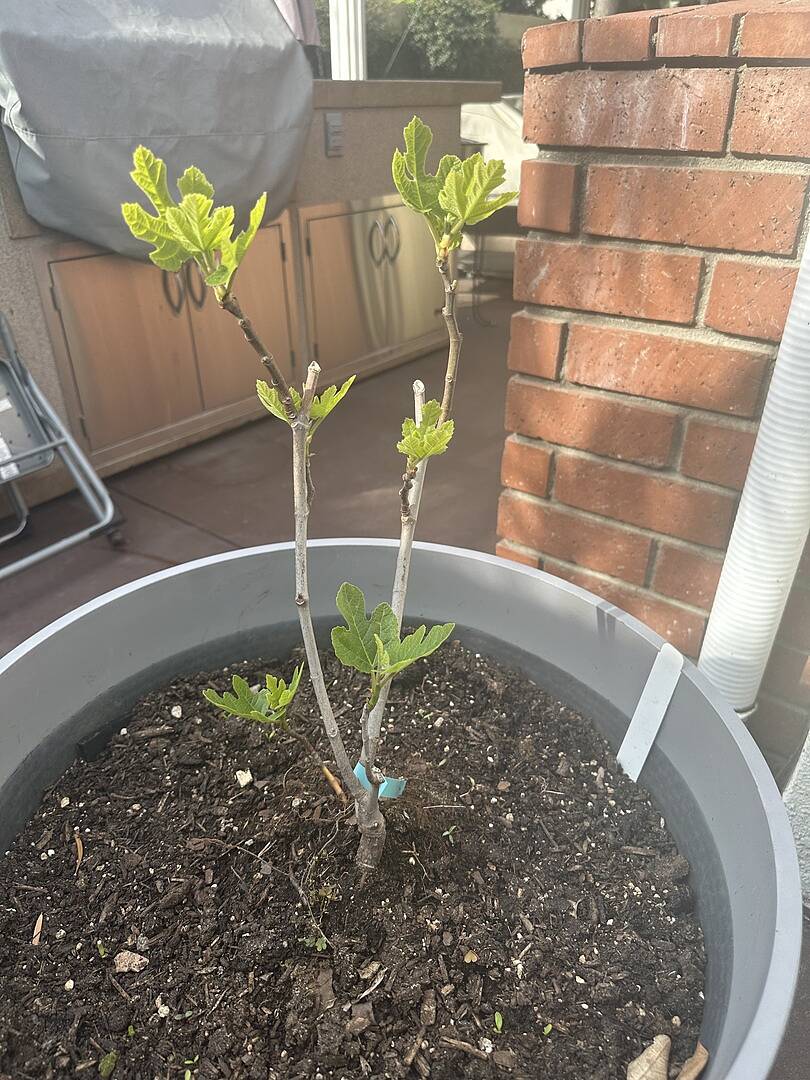Wisteria: How to Plant and Care for Wisteria Vines

Last updated: May 26 2021

Loved for its blue-to-purple flowers and explosive growth, Wisteria is ideal for any space in your garden. It’s particularly great for those looking to add draping vines to their pergola, archway, or arbor. This spring bloomer is a favorite in the Southeast, although most varieties are hardy down to zones 4 or 5, and it climbs to impressive heights.
It's easy to see why Wisteria enchants so many gardeners, thanks to its striking purple blooms that fade from lavender to indigo. This vine is also an early bloomer, providing a riotous display of blue, white, or pink in early spring to summer, depending on the variety you have. With lush growth and gracefully hanging vines, Wisteria is the perfect centerpiece for just about any landscape.
But before you buy this flowering vine, it’s vital to know how to grow and care for Wisteria in your area. Keep reading to learn more!
Types of Wisteria
Belonging to the Fabaceae legume family, Wisteria is available in up to 14 identified species native to Japan, Korea, China, and the Eastern United States. Each different species offers a range of characteristics in terms of fragrance, bloom season, flower colors, and foliage.
Understanding the different options allows you to pick the right vine for your garden. Here, we’ll cover the three most common varieties: Chinese, Japanese, and American.
Chinese Wisteria
Known botanically as Wisteria sinensis, Chinese Wisteria grows up to 10 to 25 feet or higher, and it can live for up to 100 years. Its foliage features clusters of 9 to 13 oval-shaped leaflets, which are usually bronze or copper when young and mature to a bright green.
Chinese Wisteria blooms in early spring to early summer with violet, blue-violet, or reddish-violet flowers. However, new plants can take several years to mature enough to bloom. This Wisteria features shorter flower clusters than other varieties, but the flowers last longer than others - and the plant can survive up to 100 years. In the US, it’s frequently seen in the Southeast, where it’s also considered invasive and not recommended for landscape planting.
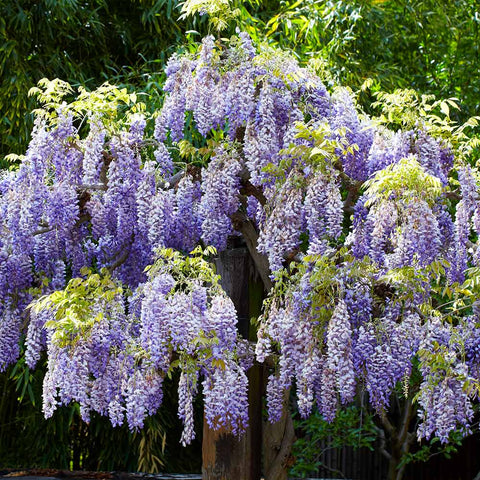
Chinese Wisteria (Wisteria sinensis)
Japanese Wisteria
The Japanese vine’s botanical name is Wisteria floribunda. Growing 20 to 30 feet tall, Japanese Wisteria foliage features groups of 13 to 19 oval-shaped leaflets, which are usually bronze or pale green when young and turn yellow in fall. This stunning vine provides fast growth and cover for fences, arbors, and trellises.
In the mid-spring to early summer, this vine blooms with fragrant, violet flowers. It’s more decorative than its Chinese counterpart, although it's also considered invasive in some areas, particularly along the Southeastern U.S.
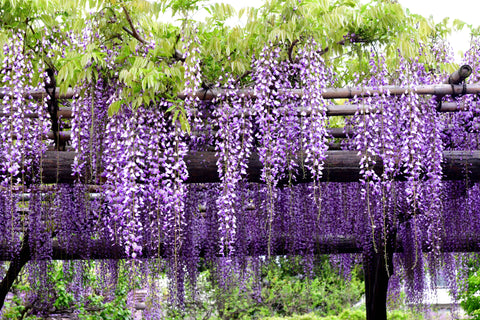
Japanese Wisteria (Wisteria floribunda)
American Wisteria
The American Wisteria, or Wisteria frutescens, is native to the Eastern U.S. Its shiny, dark-green foliage is made up of clusters of 11 to 15 leaflets, and it blooms heavily in late spring with lightly-scented, blue-violet flowers.
It has the shortest racemes (or flower clusters) of the Wisteria family, and it’s also non-invasive, making it safe for landscape use across the United States. And unlike its counterparts, the American Wisteria blooms at a younger age, growing 20-30 feet tall at maturity.
Kentucky Wisteria (Wisteria macrostachya) is another variety of Wisteria native to the United States. Kentucky Wisteria blooms in the spring and then again twice in the summer, making it a popular landscape option.
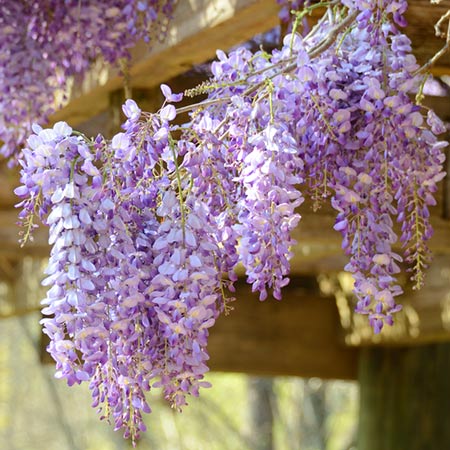
American Wisteria (Wisteria frutescens)
How to Tell the Difference between Types of Wisteria
Although each variety of Wisteria vine looks similar, there are some key differences that can help you identify Chinese, Japanese and American Wisteria - and ensure you're planting the correct variety.
- Chinese and Japanese Wisteria have fuzzy seed-pods, and blooms that emerge before the foliage
- American Wisteria has smooth seed-pods, less-aggressive growth and flowers that appear after the foliage
Is Wisteria a Tree or a Vine?
Although vines are the most common way to grow Wisteria, you can also grow your Wisteria as a tree, depending on the form you want. Vines are perfect for training around patios or arbors, while a tree makes a lovely garden bed focal point.
Pruning your Wisteria allows you to maintain an ideal size and encourage the growth of the main stem. You can prune it in early spring, or, if you prefer a more natural look, you can allow it to grow while training it around a pergola, arbor, or trellis.

Wisteria Tree
Is Wisteria Invasive?
Not all Wisteria species are invasive - however, some are in certain areas of the United States, so it's essential to pay attention when choosing a Wisteria variety.
When allowed to grow freely, invasive species of Wisteria will spread quickly and scale anything in their path. They can girdle and kill trees, and impact the ecosystem by changing the amount of light that can reach the forest floor.
Chinese and Japanese Wisteria are widely considered to be the most invasive varieties. For landscape planting in the United States, it's recommended to go with American Wisteria (Wisteria frutescens) or Kentucky Wisteria (Wisteria macrostachya), which are native species and non-invasive.
Popular varieties for landscape and garden planting include Amethyst Falls Wisteria (American Wisteria). and Blue Moon Wisteria (Kentucky Wisteria).
How to Plant Wisteria
Wisteria is remarkably hardy - most varieties thrive down to Zone 4 (-20 degrees Fahrenheit) and require little ongoing maintenance. That means they can be planted virtually anywhere in the country.
Wisteria will grow best in a location with fertile, well-draining soil - however, it will tolerate any moist soil. If you live in an area with poor soil conditions, you can add compost to amend it.
Planting your Wisteria in a location that receives full sun is ideal — it needs about 6 to 8 hours of sun. While Wisteria will grow in areas with shade and partial sun, full sun will lead to more flowering.
Planting for Wisterias is best done in spring or fall, while the plant is dormant. To plant your Wisteria, dig a hole as deep as the root ball and 2 to 3 times as wide, or find a large container. Place the plant in the hole or container, ensuring it’s straight, and start backfilling the hole. Water your plant while backfilling to prevent air pockets from forming, and pat down the soil when done.
If you want to train your Wisteria vines up an outdoor wall, patio or pergola, plant near the base of the structure you want your Wisteria to climb, and ensure the post or trellising system is sturdy enough to support its growth.
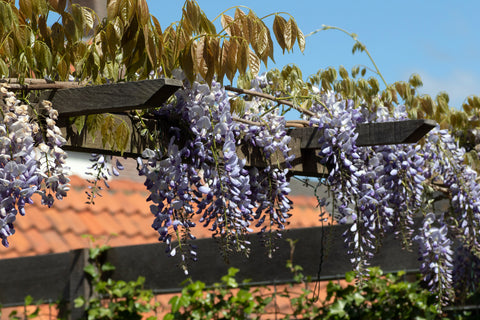
Wisteria trained on a pergola
During the first year, be sure to water your Wisteria regularly until it has fully established.
How to Care for Wisteria
Wisteria plants don't require much in terms of ongoing care and maintenance, but a few best practices will keep your Wisteria growing happy and healthy.
Depending on your location, you should water your Wisteria regularly. Even though the plant is drought-resistant, you’ll want to provide water during hot weather seasons or when planted in containers - typically once or twice weekly. However, once your Wisteria has established, it should thrive on rain alone in average weather conditions.
Wisteria is a robust grower, so it's not usually necessary to fertilize. This makes Wisteria a great low-maintenance plant for your garden, particularly if you plant Wisteria native to your area. You can apply a layer of compost each spring to help with healthy growth.
If you want to promote more blooms, some gardeners recommend applying phosphorus in the spring. Pruning during the summer is also another secret to encourage flowering. Wisteria only blooms on new wood, so pruning encourages the growth of new wood.
How to Prune and Train Wisteria
If ignored, Wisteria vines can climb on structures and trees, resulting in damage. The best way to avoid this - and ensure your Wisteria grows well where you want it to - is through pruning.
Pruning Wisteria is best done after blooming, or during the dormant fall and winter seasons. This is also the best time to remove broken and diseased branches.
When pruning Wisteria, remove at least half of the previous year’s growth, leaving a few buds on each stem — you can cut them back to 6 inches long. Remove any unwanted lower shoots to maintain the plant's form and encourage upward growth. You can also prune the top to prevent the vine from taking over and ensure a neat form. Wisteria can also withstand significant pruning if you want to maintain it as a tree rather than a vine. This is great for a more formal appearance.
To effectively train your Wisteria up a post or trellis, identify the most vigorous main stem and cut the side shoots to allow the main stem to grow strongly. Tie the stem loosely to the post with garden twine, allowing room for future growth. As the vine grows upward, continue adjusting the ties and cutting the side shoots.
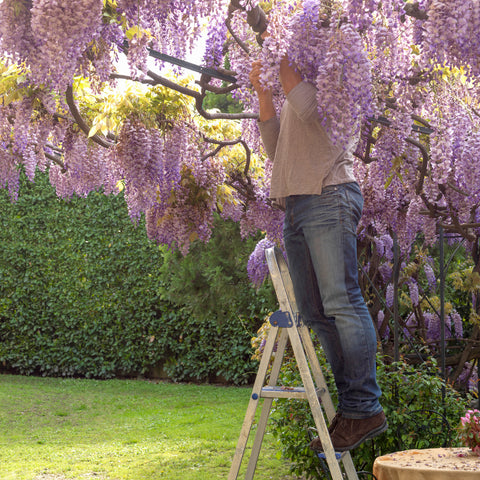
Pruning Wisteria
Common Issues with Wisteria
Wisteria is a versatile plant that thrives in many different climates and soil conditions, but it is susceptible to a few (manageable) issues. The most common problems include:
- Lack of flowering: Your Wisteria can fail to bloom due to adverse conditions, sharp spring frosts, too much shade, or excessive potassium. It’s also important to note that Wisteria trees planted from seeds can take up to 20 years to flower.
- Powdery mildew: This fungal disease appears in the form of irregular dark brown marks and blotches with yellow margins on the leaves. It later turns into a white, fuzzy coating that engulfs the whole leaf. It's recommended to remove the affected leaves quickly, and treat with a fungicide.
- Pests: Different insects like to nibble at Wisteria leaves, but the most problematic is the Wisteria borer. These insects bore into the woody parts of the vine to make their homes. In some cases, they can kill your Wisteria. The best prevention for pests and diseases is to regularly water and feed your Wisteria, since weak plants are more vulnerable to problems.
Crown and root problems, such as rots and galls, are not common in Wisteria plants. In most cases, proper care of your Wisteria plants can help prevent some of the common issues.
Is Wisteria Toxic?
The pods and seeds are the most toxic parts of the Wisteria plant - however, all parts of the plant contain some harmful compounds, such as Wisterin and lectin, which can cause problems when ingested. It's best to keep all parts of the plant away from pets and children.
Beautiful Color and Easy Growth
Wisteria is a quintessential cottage garden plant, loved for its draping style and purple flowers. It can live a long life, twining and climbing over everything in its path and blooming reliably each spring and summer. When properly trained, it makes a great shade plant for your pergola or arbor, thanks to its dense foliage.
For the best results, it’s essential to know how to plant, prune and care for Wisteria - as well as know what varieties are safe to plant in your area. Remember that Chinese and Japanese Wisteria are considered invasive in much of the United States, while native species like American and Kentucky Wisteria will thrive without aggressive growth.
Wisteria vines are loved for their intense fragrance, showy flower clusters, and a wide range of colors and cultivars. Get started with your own Wisteria today!

Written by
Abby Healy
Abby is an avid plant lover and the Director of Content at FastGrowingTrees.com. She grew up in Maine, graduated from Davidson College, and now resides in Charlotte, North Carolina with her husband and two dogs. Her previous roles include leading content teams at Red Ventures, a large digital media company, and launching the content and marketing functions at an ecommerce analytics start-up.
While her indoor plant collection is always growing, she also loves landscaping tips and learning more about plant care and maintenance. Her favorite plants are Japanese maples, roses of all kinds, and unique house plants.
Featured Product

Wisteria Tree
236 reviewsStarting at $35.95


















